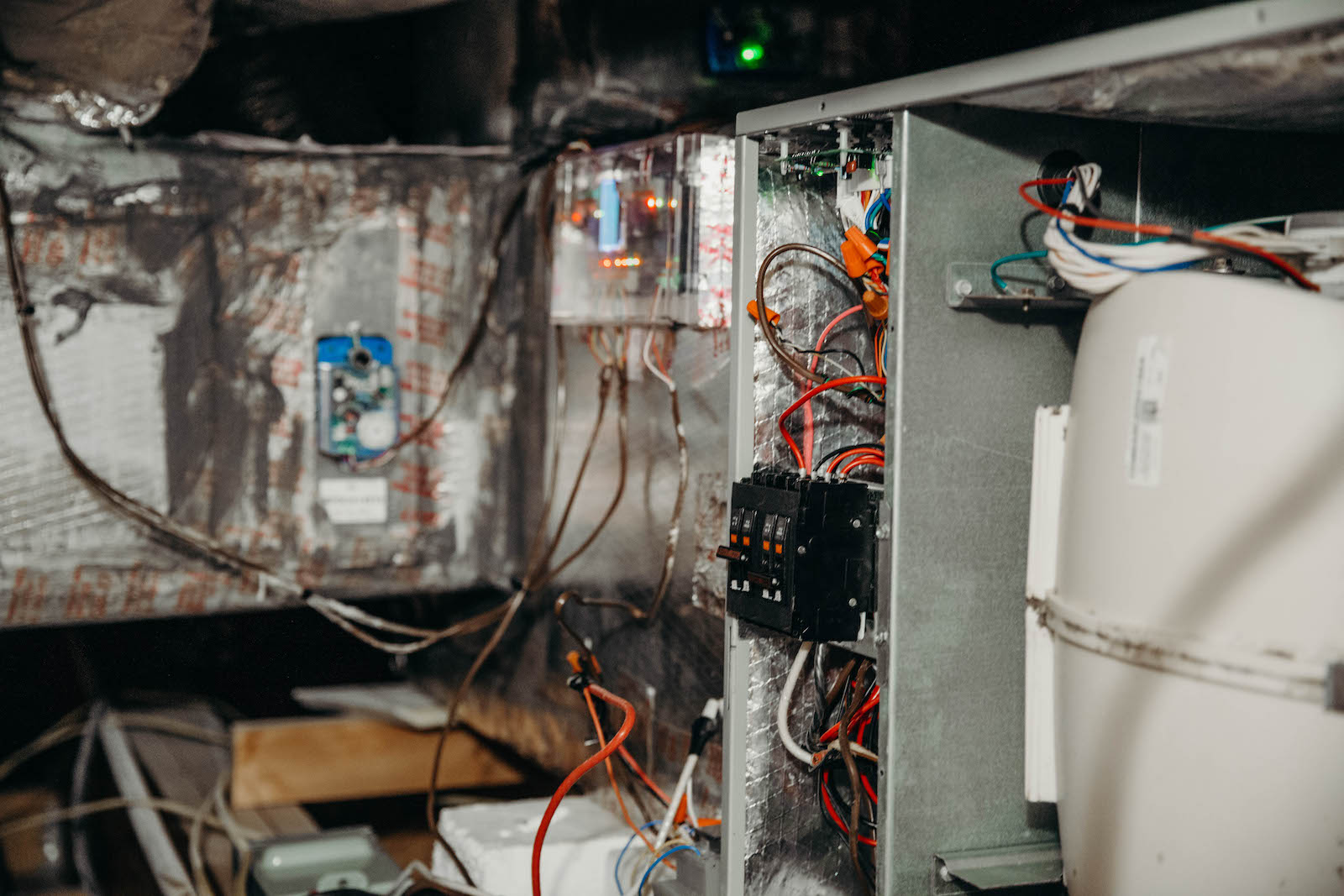How an EV On-Board Charger Helps Convert Power (2022 Guide)

When you were little, did you imagine flying cars in the future? While we may not have flying cars quite yet, electric vehicles (EVs) come pretty close in terms of impressive vehicle technology. What is becoming commonplace today would’ve been unfathomable centuries (or even decades) ago.
If you’re looking to switch into the EV world and say goodbye to gas-reliant vehicles, you might be a little perplexed about how the charging system works. Today we’re taking a closer look at one of the lesser-known components of the EV charging process: the EV on-board charger (OBC).
We’ll explore:
What an on-board charger is 🤷
How it differs from off-board chargers 🔌
How the on-board charger works with AC and DC power ⚡️
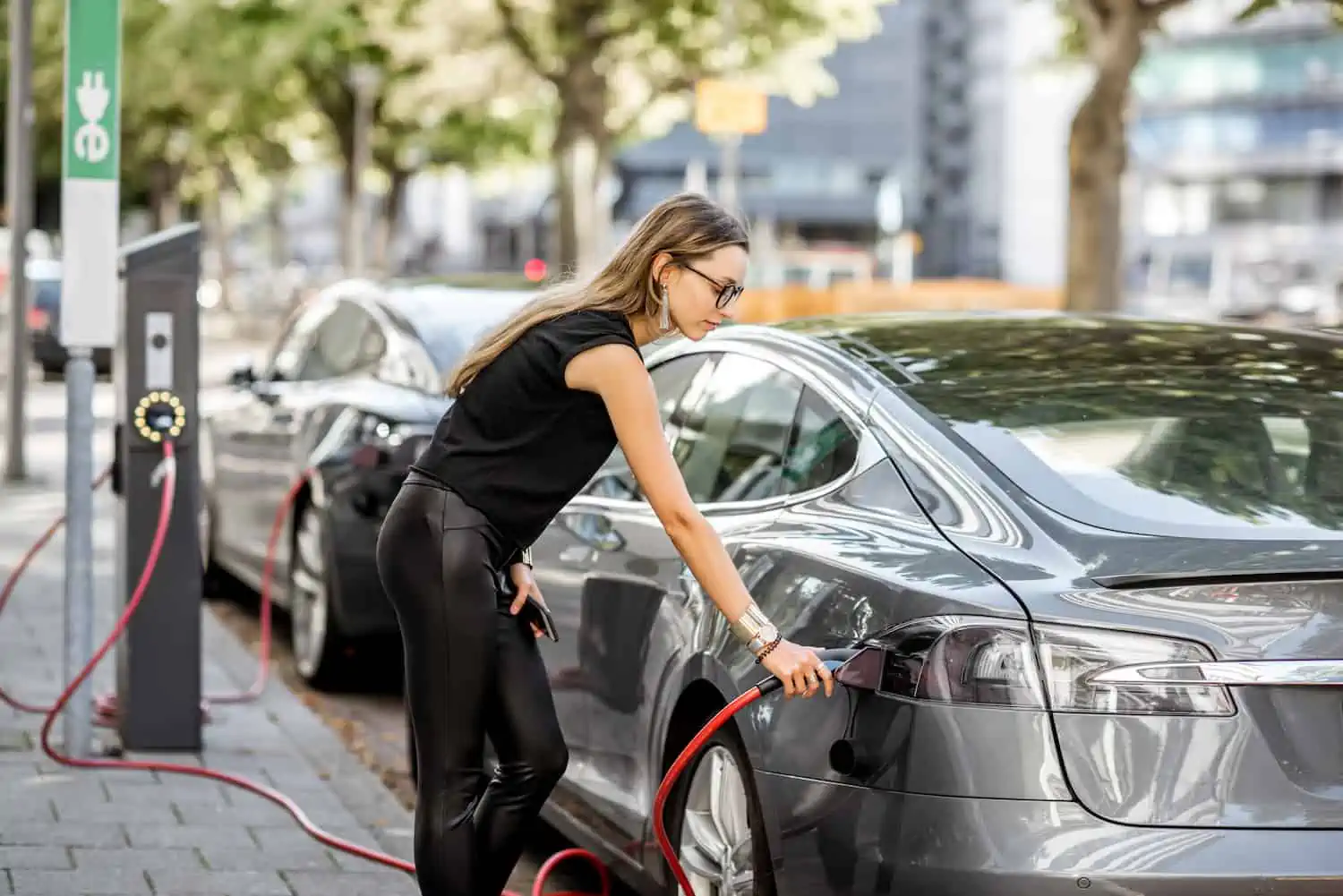
What Is an EV On-Board Charger?
A charger is just a charger, right? So what’s so special about an EV on-board charger? Well, unlike standard EV charging cords, an on-board charger is mounted inside the vehicle.
The main function of an EV on-board charger is power conversion so that the vehicle can get fully charged no matter the original type of power that was plugged in. On-board chargers inside the EV eliminate the need for buying extra equipment for power conversion.
The charging process of an electric vehicle is determined by three components:
An off-board charging station
A charging cable
An on-board charger
The charging speed is determined by the weakest one of these components.
The OBC plays another important role called “charging strategy,” which allows you to control the current and voltage at which the battery needs to be charged, protecting your battery’s lifespan. The OBC supports both constant current (CC) and constant voltage (CV) charging.
Constant Current: This charging method offers high efficiency and decent charging speed, but there’s a risk that the battery will get overcharged at a later stage— reducing the battery lifespan long-term.
Constant Voltage: CV charging is more rapid, but it poses a risk that too much current will flow into the battery from the start, which can overheat the battery too much and shorten its lifespan.
Since there’s an opportunity for both methods to damage the battery life, an EV on-board charger ensures that the battery is initially charged with constant current to maintain speed and efficiency, and when the voltage at both ends of the battery reaches a particular level, it switches to constant voltage charging. Pretty neat, right?
There are three different kinds of on-board chargers: single-phase, two-phase, or three-phase chargers. The more phases a charger can use, the higher voltage it can accept. The phase of the OBC can play a role in the overall price of the electric vehicle.
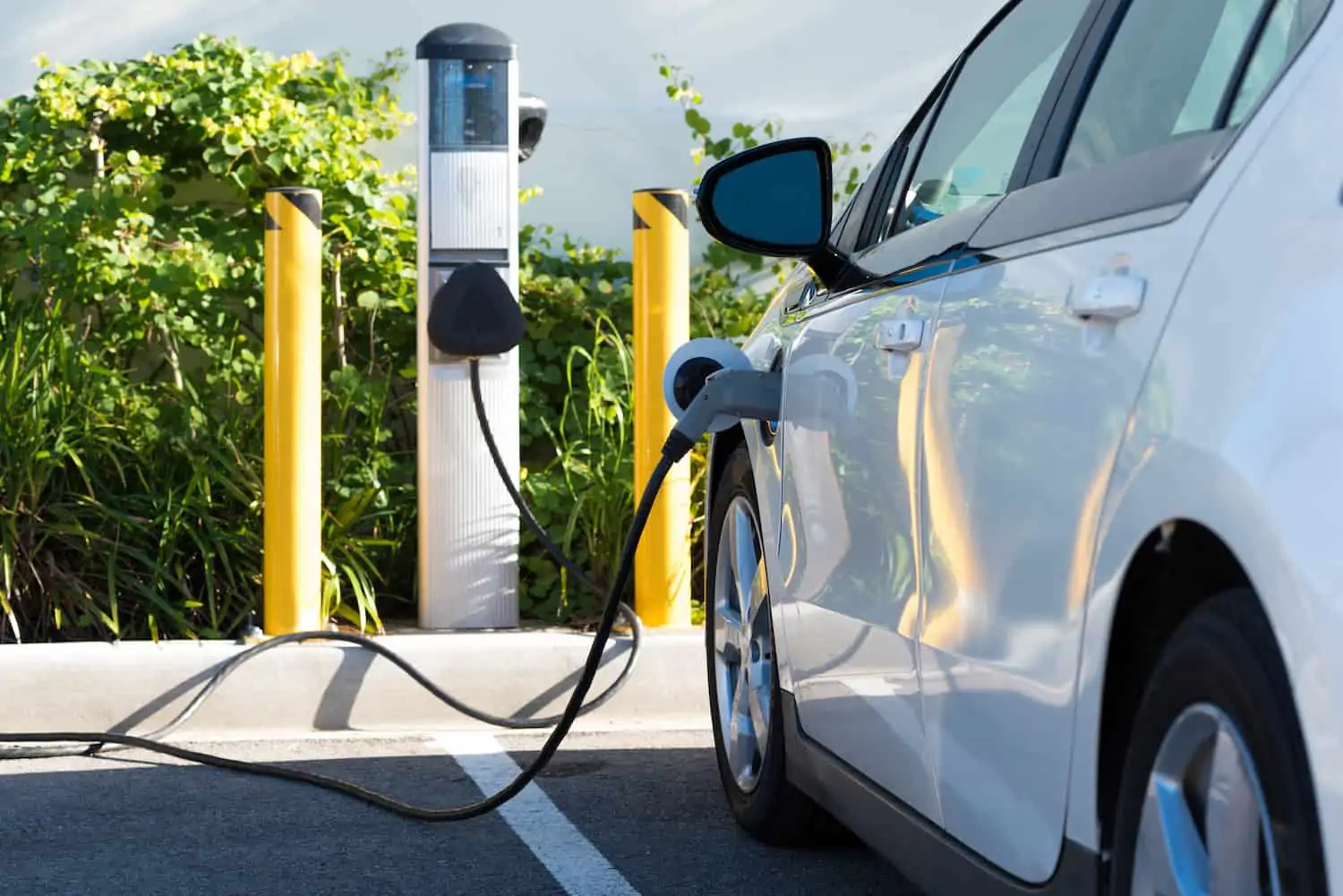
What About “Off-Board” EV Chargers?
While on-board chargers exist inside the vehicle, off-board chargers are charging systems that live outside the vehicle. Remember the three components of the vehicle charging process we briefly touched on earlier? Both the on-board and off-board charger play a critical role in getting your battery the power it needs.
The technical name for off-board chargers is Electric Vehicle Supply Equipment (EVSE). EVSEs are commonly referred to as “charging stations.” Charging stations can be found in public places like gas stations, hotels, or parks, and they can be installed in homeowners’ garages for easy at-home charging.
Off-board charging stations have three components that make charging possible:
Software: All behind-the-scenes details that ensure everything runs smoothly.
Enclosure: The structure that holds the power supply.
Plug: Connects the EVSE to the car.
Charging stations can either use AC or DC power, and your car’s on-board charger will play a different role depending on the original power source.
How EV On-Board Chargers Convert Different Power
Electric vehicles need DC power (direct current power) to operate. But not all off-board charging stations offer DC power. So what happens then? That’s where your vehicle’s OBC plays a critical role.

On-Board Chargers in AC Charging
Alternating current (AC) power dominates the electricity market. All the power on the standard electrical grid is AC, and almost all power outlets bring in AC currents, even if they need to be immediately converted into DC power.
This process is standard because DC power is not capable of traveling the same long distances that AC power is. It’s also much easier and cheaper to generate AC power. DC power comes into play when a device needs to store power in a battery for future use— like in the case of electric cars.
Most charging stations provide AC charging— these are called Level 1 and 2 chargers. Since electric vehicles need to store DC power in the battery for future use, the vehicle’s on-board charger takes the AC input source, converts it to DC power, and feeds the battery.
On-Board Chargers in DC Charging
Even though most charging stations provide AC power, there are also Level 3 chargers available that offer fast DC charging. You can usually find a Level 3 charger at local EV dealerships or at Tesla’s Superchargers stations.
In the rare case of DC charging, your on-board charger doesn’t play any role. The power will bypass the OBC since it gets directly supplied to the battery pack.
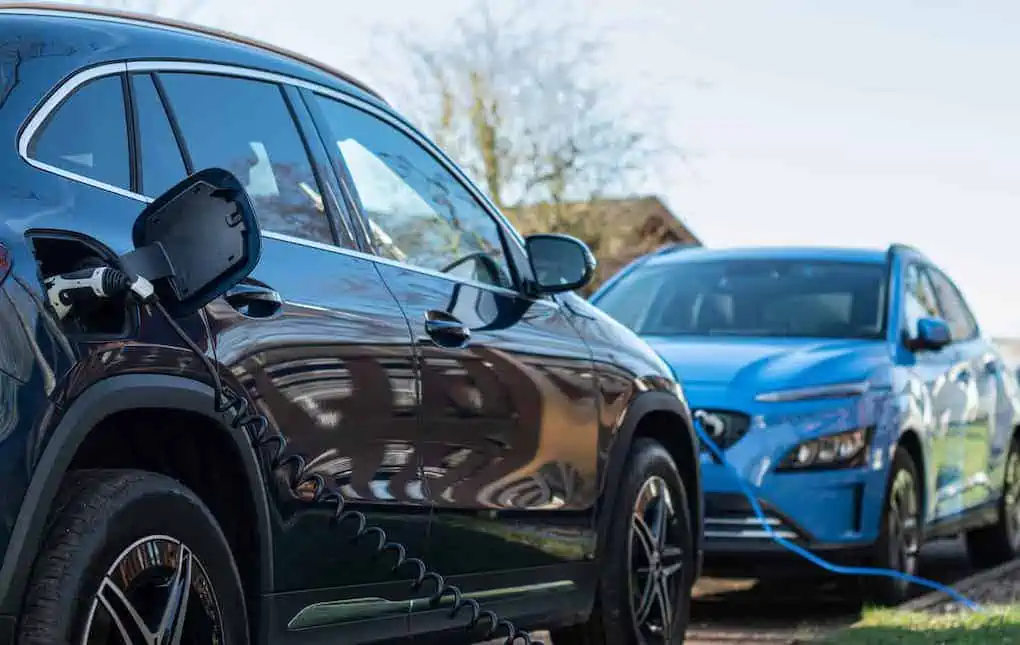
Ready to See What Electric Vehicle Charging Is All About?
Behind the scenes, electric vehicles and charging stations do a lot of incredible work that can be difficult to understand. But at the end of the day, the combination of the EV on-board charger, off-board charging station, and power cord ensures your vehicle is ready to take you where you need to go without relying on expensive fossil fuels.
If you’re ready to make the jump to electric vehicles, 4Front Energy is the partner you need. We’ll install a charging station right at your home or business to make your life as easy as possible.
If you live in Minnesota, reach out today for a free consultation!
Request Service
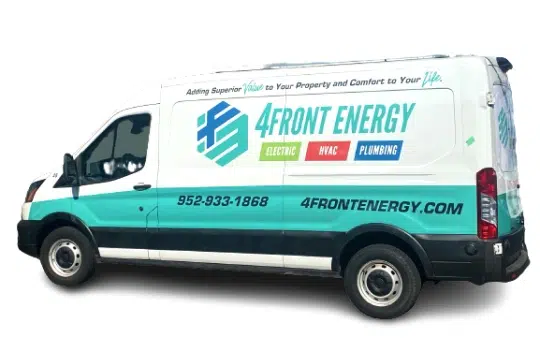
Why Choose 4Front Energy?
We’re a Service Company, Not a Sales Company
- Licensed, bonded & insured contractor
- Trusted Twin Cities service provider for nearly 30 years
- Reliable service excellence
- One number for electric, HVAC, and plumbing
- Stand behind our work with integrity
- Fair and straightforward pricing
- Provide invaluable comfort and integrated efficiency
- Technicians that take pride in their work



